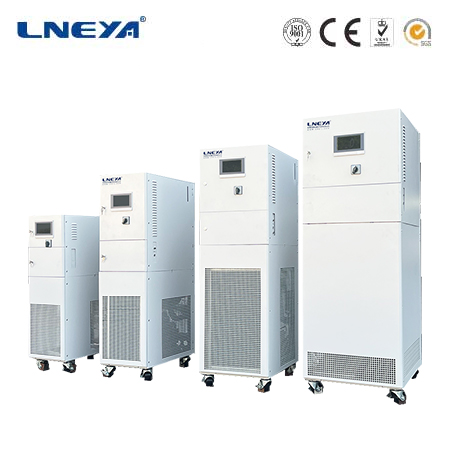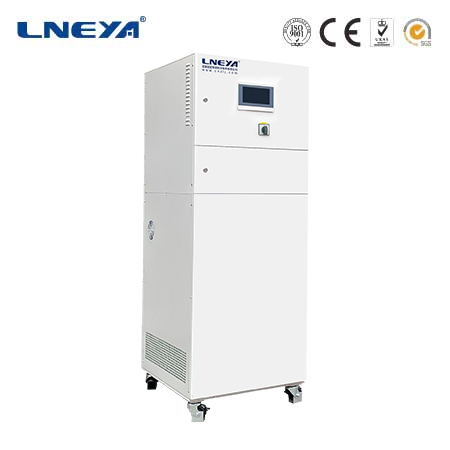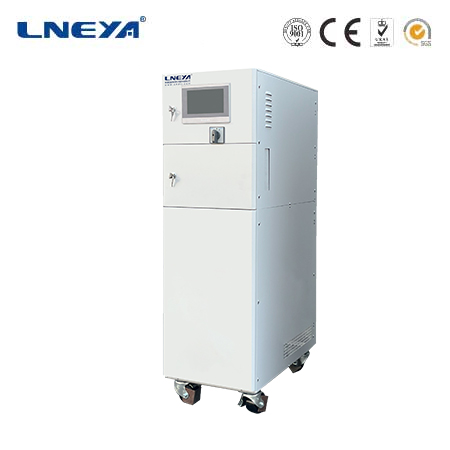efficient portable heater
Efficient Portable Heater
In a world where flexibility and convenience in heating solutions are highly valued, efficient portable heaters have emerged as essential devices. Whether it’s for warming a small room in a home, providing additional heat in an office space, or staying cozy during outdoor activities, these heaters offer a practical and effective way to maintain comfortable temperatures.

Working Principles of Efficient Portable Heaters
The efficiency of portable heaters is closely related to their working principles. At the core, most portable heaters convert electrical energy into heat energy, but the methods and technologies used can vary significantly, affecting their performance and energy efficiency.
One of the fundamental principles is resistive heating, which is employed in many types of portable heaters. When an electric current passes through a resistive element, such as a wire or a heating coil, the resistance of the material causes it to generate heat. This heat is then transferred to the surrounding air or objects, warming the environment. The efficiency of this process depends on factors like the quality of the resistive material, the design of the heating element, and how effectively the heat is dissipated.
Another principle is the use of phase – change materials (PCMs) in some advanced portable heaters. PCMs absorb and store heat when the temperature rises and release it when the temperature drops. This helps in maintaining a more stable temperature and can contribute to the overall efficiency of the heater by reducing the need for continuous high – power operation.
Types of Efficient Portable Heaters
Ceramic Heaters: These are among the most popular types of portable heaters due to their efficiency and rapid heating capabilities. Ceramic heaters use positive temperature coefficient (PTC) ceramic elements. PTC elements have the unique property of increasing their electrical resistance as the temperature rises, which helps regulate the heat output and prevents overheating. As a result, ceramic heaters can warm up a small to medium – sized room quickly and distribute heat evenly. They are also relatively safe, as the PTC technology reduces the risk of fire. Additionally, many ceramic heaters come with features like oscillation, which helps spread the heat across a wider area, further enhancing their efficiency.
Infrared Heaters: Infrared heaters operate by emitting electromagnetic waves in the infrared spectrum. These waves directly heat objects and people in their path rather than heating the air first. This direct heating method is highly efficient as it minimizes heat loss to the surrounding environment. Infrared heaters are ideal for spot heating, such as warming a specific area where a person is sitting or working. They are also energy – efficient because they only heat the targeted objects and areas, reducing unnecessary energy consumption for heating the entire room. There are different types of infrared heaters, including quartz tube infrared heaters and carbon fiber infrared heaters, each with its own characteristics and performance.

Oil – Filled Heaters: Oil – filled heaters consist of a metal housing filled with a special heat – conducting oil. An electric heating element inside the housing warms the oil, which then radiates heat into the surrounding space. The advantage of oil – filled heaters is their ability to maintain a stable temperature for an extended period. Once the oil is heated, it retains heat well, allowing the heater to continue emitting warmth even after it has been turned off for a short time. This makes them energy – efficient as they don’t need to cycle on and off as frequently as some other types of heaters. They are also quiet in operation, making them suitable for use in bedrooms, offices, and other quiet environments.
Key Technologies for Efficiency
Smart Thermostats: Modern efficient portable heaters often come equipped with smart thermostats. These thermostats can accurately sense the temperature of the surrounding environment and automatically adjust the heater’s power output. For example, when the desired temperature is reached, the thermostat will turn off or reduce the power of the heater, preventing overheating and saving energy. Some smart thermostats also have programmable features, allowing users to set specific temperature schedules for different times of the day, further optimizing energy usage.
Oscillation Function: The oscillation function is a simple yet effective technology that improves the efficiency of portable heaters. By moving the heating element from side to side, the oscillation function helps distribute the heat more evenly across a larger area. This ensures that all parts of the room receive adequate warmth, reducing the need for the heater to operate at high power for long periods to heat up the entire space.
Energy – Saving Modes: Many portable heaters now offer energy – saving modes. In these modes, the heater operates at a lower power level while still providing sufficient heat for comfortable warmth. This is especially useful in situations where a lower level of heating is required, such as during milder weather or when only a small area needs to be heated.
Applications of Efficient Portable Heaters
Home Use: In homes, efficient portable heaters can be used in various ways. They are great for heating individual rooms, such as bedrooms, living rooms, or home offices, especially in older buildings or areas where central heating may not be sufficient. For example, during the winter months, a ceramic heater can quickly warm up a bedroom in the morning, making it more comfortable to get out of bed. Oil – filled heaters are also popular for use in living rooms as they can maintain a steady temperature throughout the day without making much noise.

Office Use: In office environments, portable heaters can provide additional warmth at individual workstations. This is particularly useful in open – plan offices or buildings with poor insulation. Infrared heaters are a good choice for offices as they can directly warm the person sitting at the desk, providing targeted comfort without overheating the entire office space. They are also energy – efficient, which is beneficial for businesses looking to reduce their energy costs.
Outdoor Use: For outdoor activities like camping, fishing, or tailgating, portable heaters offer a way to stay warm in cold weather. Battery – operated or propane – fueled portable heaters are available for outdoor use. These heaters are designed to be lightweight and portable, making them easy to carry and set up. They can provide a comfortable and warm spot in the great outdoors, allowing people to enjoy their activities even in chilly conditions.
Factors to Consider When Choosing an Efficient Portable Heater
Heating Area: The size of the area you need to heat is an important factor. Different portable heaters have different heating capacities, measured in square feet or square meters. Make sure to choose a heater that is suitable for the size of the room or space you want to warm. A heater that is too small may not be able to heat the area effectively, while a heater that is too large may consume more energy than necessary.
Energy Consumption: Since portable heaters are electrical devices, their energy consumption is a significant consideration. Look for heaters with high energy – efficiency ratings. Energy – efficient heaters can help you save on electricity bills while still providing adequate heat. Consider features like smart thermostats and energy – saving modes, which can further reduce energy consumption.
Safety Features: Safety is paramount when using portable heaters. Look for heaters with features such as tip – over switches, which automatically turn off the heater if it is knocked over, and overheat protection, which shuts off the heater if it reaches a dangerously high temperature. Some heaters also have cool – to – the – touch exteriors, reducing the risk of burns.
Noise Level: If you plan to use the heater in a quiet environment, such as a bedroom or an office, consider the noise level of the heater. Oil – filled heaters are generally very quiet, while some fan – based heaters, like ceramic heaters, may produce a small amount of noise from the fan.
Maintenance for Sustained Efficiency
To ensure that your portable heater remains efficient over time, proper maintenance is essential. Regularly clean the heater to remove dust and debris, as these can accumulate on the heating elements and reduce their efficiency. Check the power cord for any signs of damage, such as fraying or cracks, and replace it if necessary. For oil – filled heaters, make sure the oil level is correct according to the manufacturer’s instructions. Additionally, store the heater properly during the off – season to prevent damage and ensure it is in good working condition when you need to use it again.
In conclusion, efficient portable heaters offer a practical and effective heating solution for a wide range of applications. Understanding their working principles, types, key technologies, applications, and the factors to consider when choosing and maintaining them can help users make informed decisions and enjoy the benefits of comfortable and energy – efficient heating.
Related recommendations
water cooled package unit
427Water-Cooled Package Unit: Efficient and Compact HVAC Solution Water-cooled package units are a type of HVAC equipment that provides cooling through a water-cooled condenser, offering an effici...
View detailswater chiller melbourne
455Water Chillers in Melbourne: Technology and ApplicationsWater chillers play a vital role in Melbourne's industrial and commercial sectors by providing precise temperature control for various proce...
View detailschiller 300 tr
401Understanding Chiller 300 TR A chiller with a capacity of 300 tons of refrigeration (TR) is a significant piece of equipment used in various industries for cooling purposes. It operates on the ...
View detailswater cooling machine manufacturer
569Water Cooling Machine Manufacturers: Driving Efficiency in Global HVAC Industry Introduction to Water Cooling Machine Manufacturers Water cooling machine manufacturers are at the forefro...
View details
 LNEYA Thermal Test Chillers
LNEYA Thermal Test Chillers






HelloPlease log in